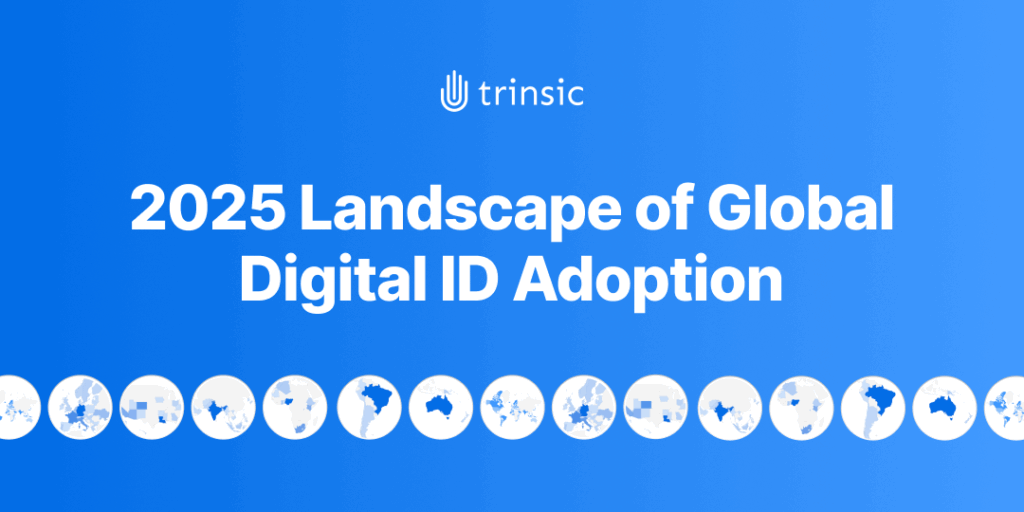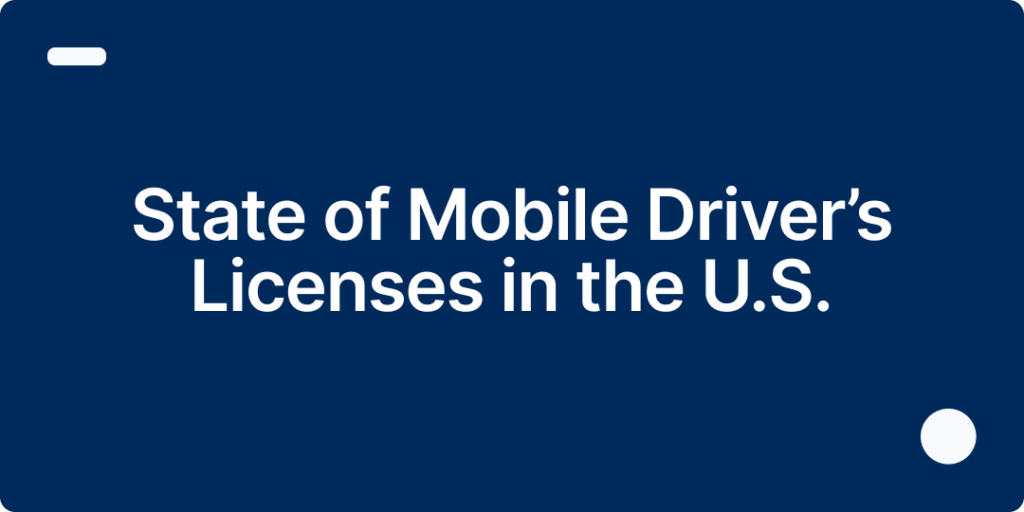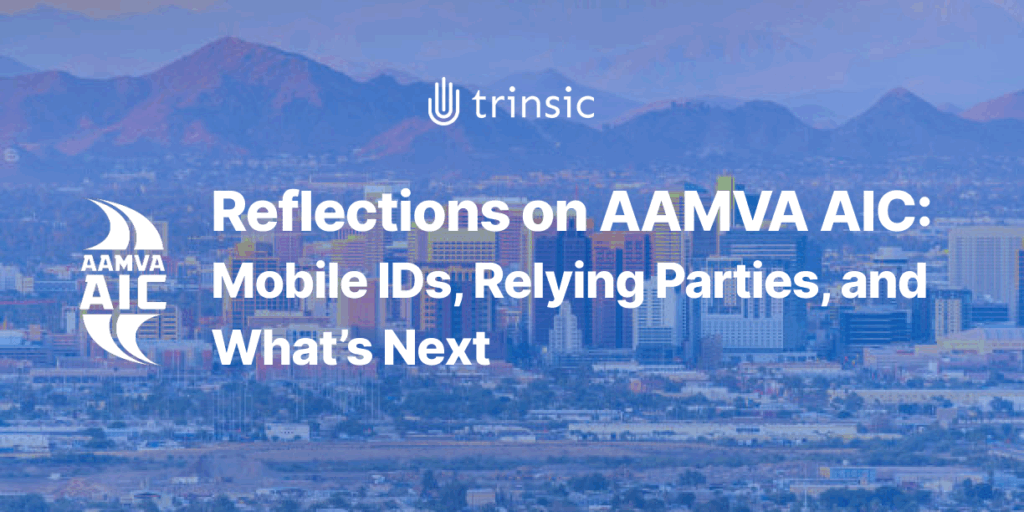In a recent webinar, Riley Hughes and Zack Jones explored the state of digital identity worldwide, highlighting the rapid growth of mobile driver’s licenses (mDLs), reusable IDs, and government-backed schemes. The session provided an updated look at adoption trends, challenges, and opportunities for businesses and governments.
The Rise of Digital IDs
Digital identity adoption continues to expand at an unprecedented pace. With Trinsic now tracking more than 280 digital ID networks worldwide, the shift from physical IDs to digital formats is accelerating. The benefits are clear: faster verification, reduced fraud, and smoother user experiences. Instead of lengthy document scans and selfies, digital IDs enable one-click verification, cutting verification times from minutes to seconds.
Regional Adoption Highlights
- North America: We are tracking 48 digital ID schemes covering around 177M people, which is about 69% of the adult population. Growth is driven by mDL rollouts, with 41% of Americans already live in states where mDLs are active, and 29 states expected to launch programs by year-end. Key players include ID.me, CLEAR, and Apple Wallet mDLs.
- Europe: We are tracking 89 schemes, covering around 372M people, which is about 50% of the adult population. Leading networks include FranceConnect, SPID (Italy), DIIA (Ukraine), and DigID (Netherlands). While most run on eIDAS 1.0, the EUDI Wallet under eIDAS 2.0 is shaping the next wave.
- Asia: We are tracking 34 schemes, reaching around 2B people, which is about 40% of the adult population. Standouts include India’s Aadhaar (1.3B users) and DigiLocker (450M users), Indonesia’s Dukcapil, and Japan’s MyNumber, which is now issuable in Apple Wallet.
- Africa: We are tracking16 schemes, covering around 300M people, which is about 37% of the adult population. Major networks include Nigeria’s NIN, South Africa’s National ID, and Kenya’s National ID and Fayda (Ethiopia). Leapfrog potential is strong.
- Middle East: We are tracking10 schemes, covering around 130M people, which is about 60% of the adult population. Leaders include UAE Pass, Pakistan’s national ID system, and Kuwait Mobile ID.
- South America: We are tracking 14 schemes, reaching around 308M people, which is about 47% of the adult population. Brazil leads with its CPF number, digital CNH, and the new CIN, while Argentina and Peru are piloting verifiable credentials.
- Oceania: We are tracking 14 schemes, covering around 32M people. Central players include Australia Post Digital ID, myGovID, NSW’s digital driver’s license, and New Zealand’s RealMe.
- Global Schemes: We are tracking 26 networks not tied to geography, such as Microsoft Entra and decentralized/Web3 IDs like Worldcoin and Civic.
The Challenges and Opportunities
The proliferation of digital ID networks presents both opportunity and complexity. Adoption curves are steep, but fragmentation across wallets, standards, and jurisdictions remains a challenge. Businesses need to understand which geographies and ID types are worth prioritizing and how to abstract over the fragmentation without building custom integrations for each scheme.
Trinsic helps by streamlining acceptance of digital IDs, enabling businesses to configure verification attributes, trust requirements, and compliance rules across geographies through a single API.
Benefits for Businesses
-
Preparation for Future Adoption: Early adoption positions businesses to capitalize on the fast-moving digital ID landscape.
-
Enhanced User Experience: Consumers enjoy faster, more reliable verification methods.
-
Cost Efficiency and Security: Cryptographic security reduces fraud and lowers the cost of onboarding and compliance.
This comprehensive look at digital ID adoption highlights its critical role in shaping the next wave of digital transformation. The key takeaway: adoption is no longer hypothetical, it is happening, region by region, at scale.
For a deeper dive, download Trinsic’s free Digital ID Adoption Report and Opportunity Zones guide.
To watch the full session, check out the webinar recording here.








